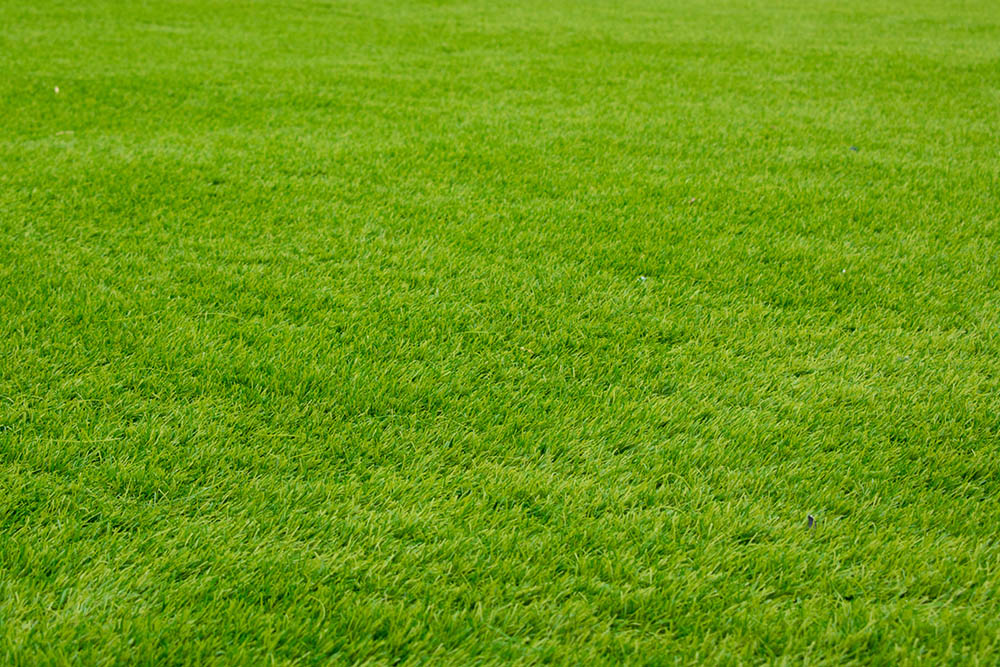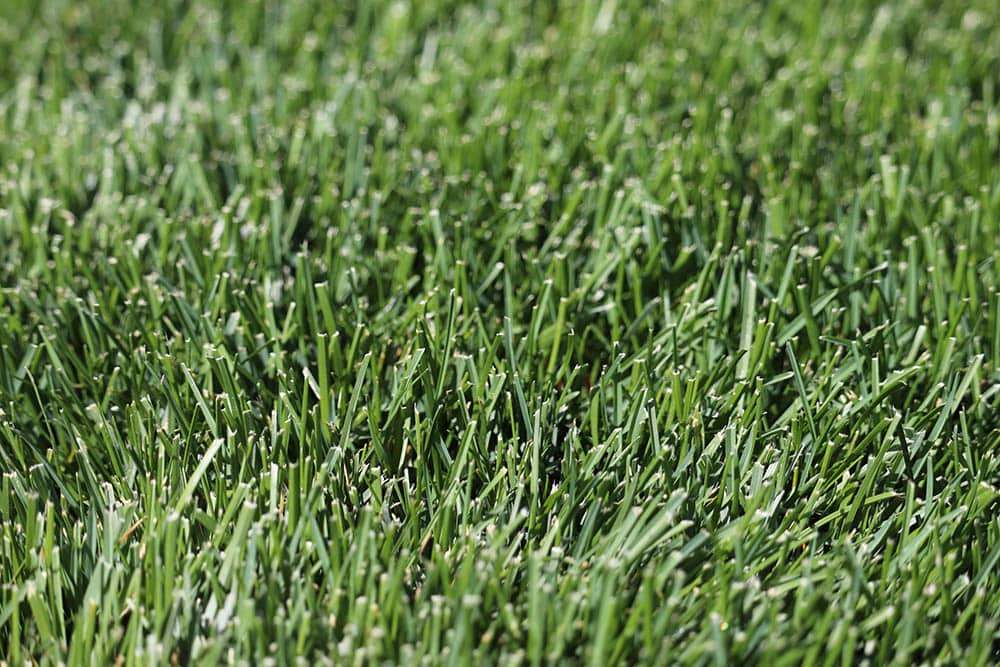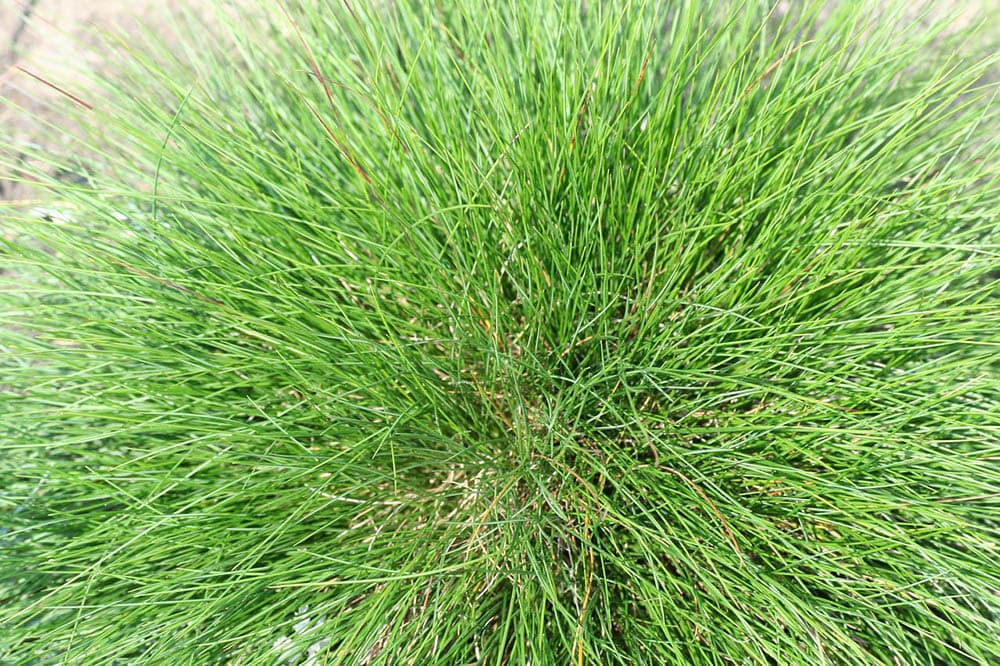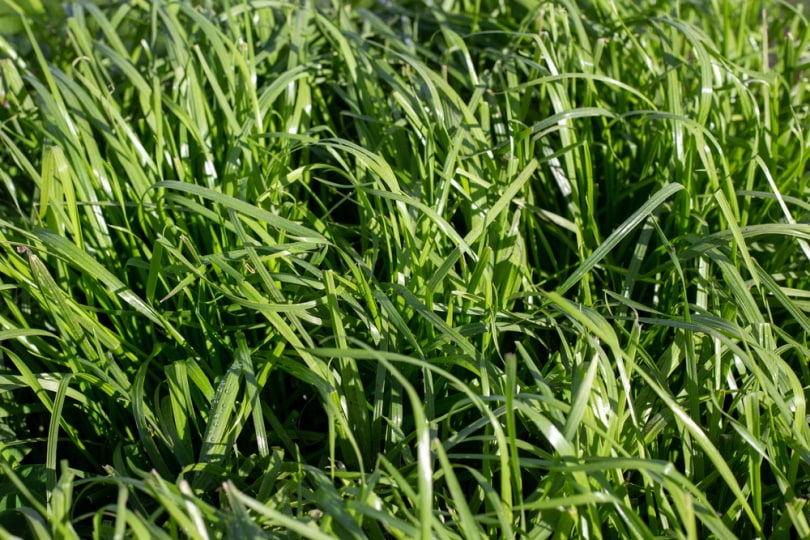5 Types of Grass in Tennessee – Top Choices for Your Lawn (With Pictures)
-
Kristin Hitchcock
- Last updated:

Technically, you can plant whatever type of grass you want in Tennessee. However, not all types of grass will survive and thrive. If you’re looking to have a green lawn throughout the year, you have to be quite cautious regarding which types of grass you choose.
Overall, there are about five types of grasses that are common and grow successfully in Tennessee. These grasses work well in most areas within the state. However, they are not all the same, and each carries its own benefits.
You need to consider the kind of look you’re going for, as well as your local climate. Those in higher altitudes will need a different grass than those suffering through a drought, for instance.
The 5 Types of Grass in Tennessee
1. Bermuda

| Mowing Height | 0.5” to 2” |
| Season | Warm |
Bermuda grass is extremely common and found in over 100 counties in Tennessee. It is a warm-season grass. Therefore, it is perfect for warmer summers and mild winters. It is also quite drought-resistant and one of the hardier options out there. It is perfect for heavily-used areas.
However, it is so hardy that it tends to crowd out other plants and species. Usually, these grasses are used on golf courses and football fields, as they can take a lot of abuse.
You do need to mow this grass often as it usually grows quickly. It also needs a lot of fertilizer and irrigation, which is why most people do not grow it in their own yards. It can look great, but it takes a lot of work compared to other grasses out there.
2. Kentucky Bluegrass

| Mowing Height | 1.5” to 2.5” |
| Season | Cool |
Kentucky bluegrass is the most common type of cool-season grass in Tennessee. However, it has a very shallow root system and cannot find water very easily and it often needs supplemental watering to survive the summer. It is most often used in the fall and winter months when it is far more adapted to the weather.
This grass is known for its beautiful coloration, which it maintains throughout the year. It does prefer full sun, so it is ideal for areas that don’t have many trees. As far as upkeep is concerned, this grass will need regular watering, which makes it a bit more work than other types of grass out there.
3. Fescue

| Mowing Height | 2.5” to 3” |
| Season | Cool |
Fescue is one of the most low-maintenance grasses on this list. It is drought-tolerant and does best in the cooler seasons. You’ll often see it around playgrounds and parks for this reason. It is commonly used in grass blends next to Kentucky bluegrass.
Sadly, it is not very suitable for Tennessee’s hot summers. Therefore, you’ll usually need to use it with warm-season grass, which makes it more tolerant to the heat. It is suitable for high-traffic areas.
However, we do not recommend using only Fescue grass, as it likely won’t survive the summers.
4. Ryegrass

| Mowing Height | 1.5” to 2.5” |
| Season | Cool |
Ryegrass is very tolerant of wear and tear. Therefore, it is commonly used for golf courses and parks. It is one of the toughest grasses on this list. However, it is also extremely sensitive to drought. Therefore, it is also quite high-maintenance.
Usually, this grass is used in a mixture of other grasses to keep the yard looking green in the winter months. It can also be used to bolster the overall strength of the lawn. However, it is not particularly good at being used by itself. You’ll usually only find it in mixes.
However, you will need to water this grass regularly, which is something you should keep in mind.
5. Zoysia

| Mowing Height | ¾” to 2” |
| Season | Warm |
Zoysia is one of the few warm-weather types of grass on this list. It was introduced back in 1911 as a drought-resistant option. It is thick and has very deep roots.
This is one of the few types of grass that does well in the shade. Therefore, it does well in yards with lots of trees. It is also quite disease-resistant, which leads to die-offs less often. It does not grow very quickly. On the one hand, this means that you won’t have to mow it very often. However, it also takes a long time to get going.
Zoysia can often be grown in high-traffic areas because it is very resistant to damage. However, once it is damaged, it takes a bit longer to grow back.
Conclusion
Choosing grass in Tennessee can be difficult. There is no perfect option since Tennessee is in a transition climate. In other words, it isn’t exactly cool weather, but it isn’t warm weather either. Most grasses have a hard time surviving either the winter or summer.
Therefore, you usually have to use a mix of some sort of these grasses. Some of them will go brown in the summer, while others will go brown in the winter. You may have to balance it so that the whole yard isn’t brown at the same time!
- Related Read: 5 Types of Grass in Alabama
Featured Image Credit: S.O.E, Shutterstock
Contents
